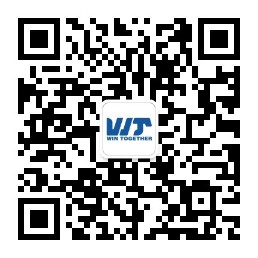1, easy to use
Using the USB interface can connect multiple different devices. In the past, the serial port and parallel port can only connect one device. Therefore, when switching from one device to another, you have to shut down, remove this, install it, and use it again. USB eliminates these hassles for the user. In addition to connecting multiple devices together, USB also supports hot swapping.
In terms of software, USB-designed drivers and application software can be started automatically without the need for users to do more operations, which also brings great convenience to users.
USB devices also do not involve IRQ conflicts. The USB port uses its own reserved interrupts alone, and does not compete with other devices for the limited resources of the PC. It also saves users the trouble of configuring the hardware.
2, fast enough
Speed performance is one of the prominent features of USB technology. The highest transfer rate of the USB interface is 12Mb/s, which is 100 times faster than the serial port and 10 times faster than the parallel port.
3, flexible connection
The USB interface supports serial connection of multiple different devices. One USB port can theoretically connect 127 USB devices. The connection method is also very flexible. You can use either a serial connection or a hub to connect multiple devices and connect them to the USB port of the PC. In the USB mode, all peripherals are connected outside the chassis, and connecting the peripherals does not need to open the chassis; allowing the peripherals to be hot swapped without turning off the power of the host. USB uses a "cascaded" approach, where each USB device is connected to a peripheral USB socket using a USB plug, which itself provides a USB socket for the next USB peripheral connection. With this daisy-chained connection, up to 127 peripherals can be connected to one USB controller, and the distance between each peripheral (cable length) can reach 5 meters. USB can intelligently identify the insertion or removal of peripheral devices on the USB chain. USB provides a good solution for peripheral expansion of PCs.
4, independent power supply
Ordinary serial and parallel devices require a separate power supply system, while USB devices do not require it because the USB interface provides a built-in power supply. The USB power supply can supply 5 volts to the low voltage equipment, so the new equipment does not require special AC power, which reduces the cost of these equipment and improves the price/performance ratio.
5, support multimedia
USB provides two-way data support for the phone. USB supports asynchronous and isochronous data transfer, allowing the phone to integrate with the PC, sharing voicemail and other features. USB also has high-fidelity audio. Because the USB audio information is generated outside the computer, the chance of electronic noise interfering with the sound quality is reduced, so that the audio system has higher fidelity.

Tech Support:Dongguan Website【backstage】
 E-mail:13631512871@163.com/Jerry Huadi@asia-wt.com/Adi Wu
E-mail:13631512871@163.com/Jerry Huadi@asia-wt.com/Adi Wu
Add:Room 306, Building 2, No. 122 Qiaojiao Middle Road, Tangxia Town, Dongguan City, Guangdong Province, China
 ScanEnquiry
ScanEnquiry


13631512871@163.com
adi@asia-wt.com
Mobile Client

Scan it
Official Account

Follow it